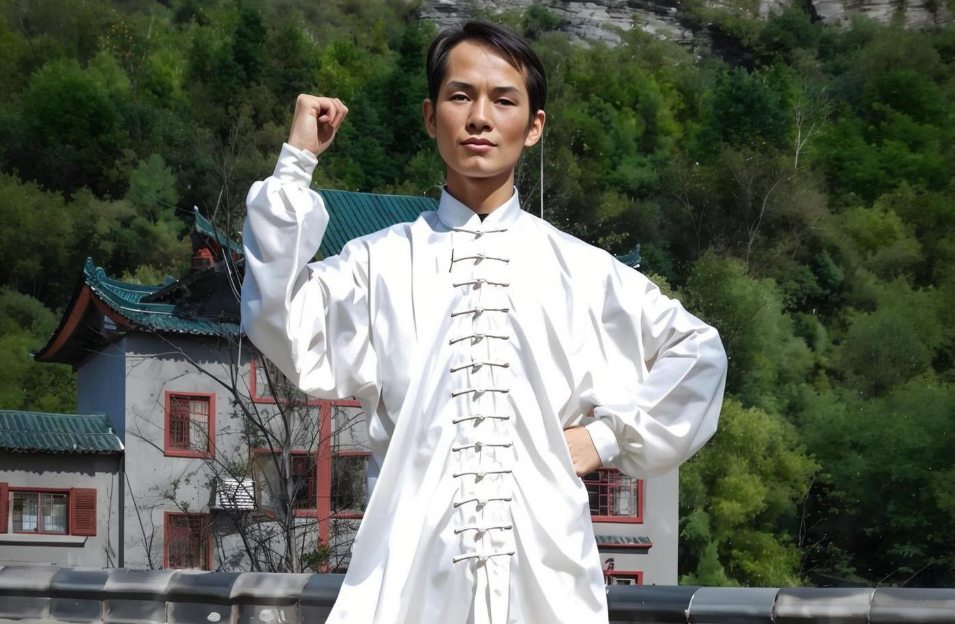
Tai Chi Practice Guide
1, Time Do’s and Don’ts
① It is advisable to practice 7 to 8 times a day. If time is not enough, at least practice once in the morning and once in the evening.
② The practice time should be 30 to 120 minutes a day. Sometimes, even if you only practice for 10 minutes, as long as you persist for a long time, you will get good results.
2, Venue Do’s and Don’ts
① Practice in places with good air circulation and moderate light and shade, such as courtyards and halls.
② It is best not to interrupt the practice process. Tai Chi loses continuity and the effect will be greatly reduced.
3, Preparation Do’s and Don’ts
① It is not advisable to practice Tai Chi after strenuous exercise and when your mood is not calm.
② It is not advisable to practice Tai Chi after drinking too much or eating too much.
③ It is not advisable to practice Tai Chi in thunderstorms, dampness, and moldy days.
④ The first choice of practice clothing is loose and comfortable Chinese shorts and soft and fitting sports shoes.
⑤ If you sweat after practice, do not take off your clothes for the coolness, and do not take a cold shower.
⑥ Women should not practice Tai Chi during their menstrual period or when they are in a bad physical or emotional state. In addition, women can make appropriate adjustments to the amount of exercise compared to men.
⑦ The elderly, the weak, and those suffering from different diseases should adjust the exercise movements, amplitude, and time according to their own conditions.
Basic Tai Chi Movements
1, Basic Hand Gestures
(1) Palm
Five fingers slightly bent and spread apart, palms slightly closed, tiger’s mouth in an arc shape.
(2) Hook
Five fingers naturally pinched together at the first knuckles, wrist bent.
(3) Fist
Five fingers curled, four fingers clasped in the palm, thumb pressed on the second knuckles of the index and middle fingers. Do not clench the fist too tightly, and the fist surface should be flat.
2, Basic Steps
(1) Empty Step
The back leg is bent and squatted, the thigh is tilted toward the ground, but higher than horizontal, the heel is basically perpendicular to the hips, the toes are tilted forward, and the whole foot is on the ground; the front leg is slightly bent, and the front foot, heel, or the whole foot can be on the ground. The left foot in front is called the left empty step; the right foot in front is called the right empty step.
(2) Open step
Stand with your feet parallel to each other, about shoulder width apart, toes facing forward, the two Jianjing points and the two Yongquan points forming two straight lines, legs slightly bent, do not exert force.
(3) Ding step
One leg supports the body weight, the other leg toes on the ground and heels lifted.
(4) Fu step
One leg is fully squatted, the knee and toes slightly turned outward, the other leg is naturally straightened, flat on the ground, toes turned inward.
(5) Independent step
Stand with one leg, not too straight, the other leg is bent and raised, the calf is hanging down, toes tilted downward.
(6) Lunge step
First sit firmly on one leg, and step the other leg forward and outward, first with the heel on the ground, toes turned outward, as the center of gravity moves forward, the whole foot is firmly planted, the two feet are in a Ding-shaped position, the front leg is bent, and the back leg is pushed, forming a Lunge step.
